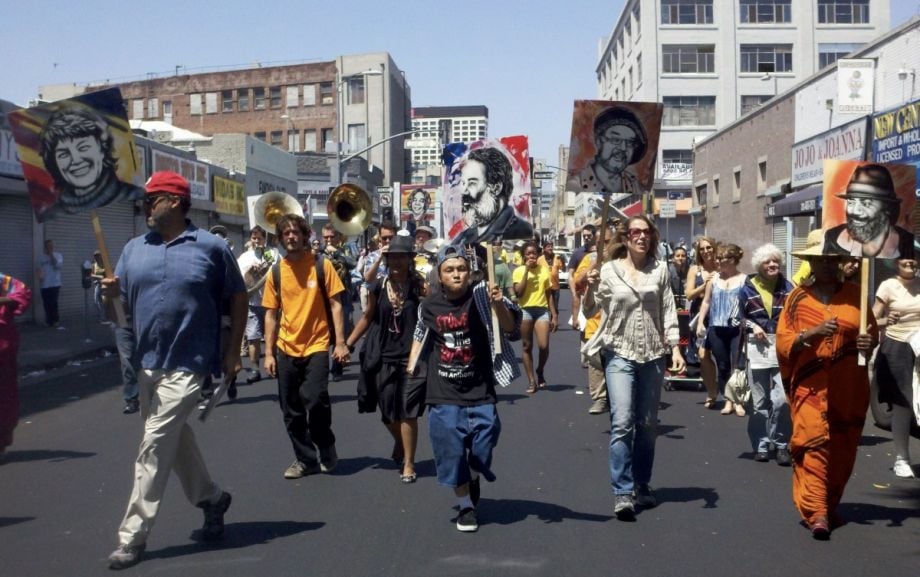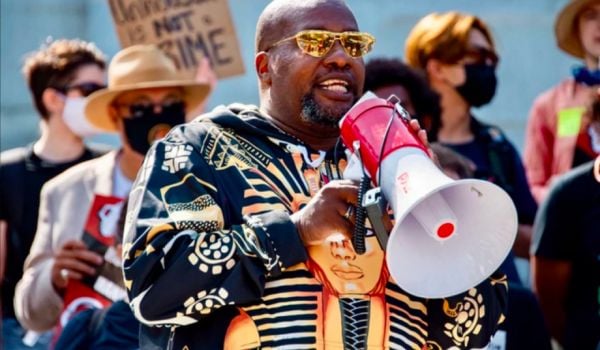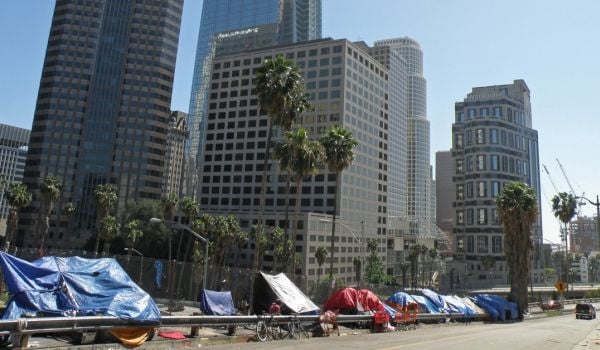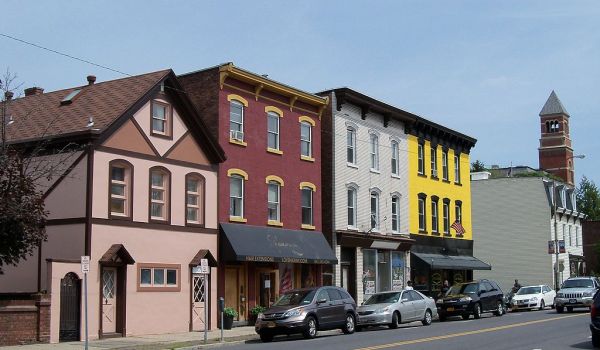Since the mid-1980s, artist John Malpede has watched nonprofits in Los Angeles’ Skid Row district aid small wins against tide after tide of downtown development.
The Los Angeles Community Action Network was instrumental in pausing a hotel construction boom in 2006 so that the city could figure out ways to renovate affordable housing. In 2012, the United Coalition East Prevention Project and other groups prevented the delivery of a liquor license to a ground-floor restaurant in a mixed-income housing development, citing concerns that some low-income residents living above may be recovering addicts.
Malpede’s Los Angeles Poverty Department (LAPD), which claims to be the first performance group whose actors are homeless or previously homeless, eventually turned that dispute into a play. And with a new zoning plan for the neighborhood that would pit social services providers against market storefronts by 2040, it doesn’t look like his troupe will come up short on sources of inspiration anytime soon.
More than 5,000 of Los Angeles County’s 47,000 homeless residents live in Skid Row. They line the streets in camping tents, shopping carts and cardboard boxes, and fill up the more than 60 temporary shelter hotels nearby. Malpede charges that the new zoning blueprint, called DTLA 2040, will hide this problem more than eradicate it.
“The zoning plan is going to shred [Skid Row] completely,” he says.
His LAPD is coordinating a series of performances and workshops that started this May and run the entire summer, called the Back 9. He wants L.A. residents and the millions of international visitors who flood through downtown every year to learn what’s going on just a few blocks away from the double-decker bus tours.
Their theater of choice? A temporary golfing green. In an ode to the sport of the upper class, LAPD is working with local artist and urbanist Rosten Woo to roll out a mini-golf game in the Skid Row History Museum & Archive that brings players, hole by hole, through the history of developers and zoning issues that have shaped downtown.
City planners described the 2040 plan as their push to make Los Angeles a more walkable city during a Back 9 workshop on March 18, according to Malpede. But the Skid Row residents who attended were more concerned about what that means for low-income residents, complaining to the planners that there’s already a need for more amenities for homeless families.
One man who lives in shelters pointed out that he and his wife have to live blocks away from each other. “So here’s a situation where poor people can’t have families with their apartments but people with more money can,” says Malpede.
The modern contour of Skid Row, which rests between the Arts District and the cusp of the Financial District, took shape after a 1975 community plan contained homeless and public services to the southeastern corner of downtown. Up until 1999 the entire downtown district had 8,371 affordable housing units and 2,426 market rentals.
But since then, market rentals have skyrocketed and now number at 20,211, according to a fourth-quarter report by the Downtown Center Business Improvement District. Affordable rentals increased in the same time period up to 12,255.
And when it comes to what’s already in the works, right now there are 71 affordable units under construction — a sliver of a fraction of the 8,883 market rentals being built.
The sight of tents and shopping carts belies a system of self-sufficiency that the neighborhood’s residents and service providers have built out of necessity, says Malpede. “It’s a dynamic neighborhood situation, where there are services but also a community ethos that understands what people’s problems are and how to deal with a range of people with more understanding and passion that’s available elsewhere,” he says.
How the city plans to transplant all that ethos — and the people who depend on it — by 2040 isn’t quite clear. And what’s to come of the vessel for these events, the Skid Row History Museum & Archive, which has been tracking the neighborhood in gallery form since 2008?
“As long as we can pay the rent,” says Malpede, with a laugh. “We’re pretty resilient I would say.”
The Equity Factor is made possible with the support of the Surdna Foundation.
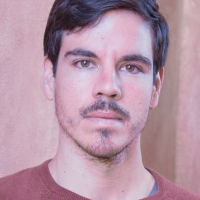
Johnny Magdaleno is a journalist, writer and photographer. His writing and photographs have been published by The Guardian, Al Jazeera, NPR, Newsweek, VICE News, the Huffington Post, the Christian Science Monitor and others. He was the 2016-2017 equitable cities fellow at Next City.


